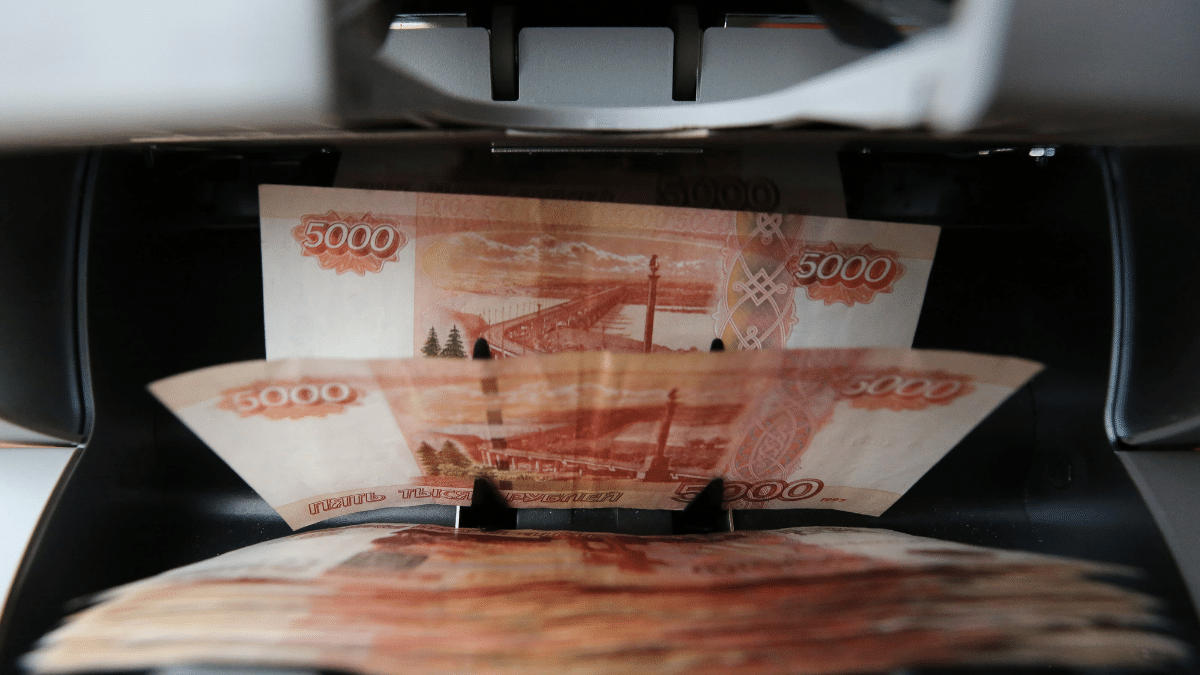
The Russian ruble tumbled to a record low on Thursday, while the euro sank to a multi-year low to the Swiss franc after Russian forces fired missiles at several Ukrainian cities and landed troops on its south coast.
Riskier commodity-linked currencies like the Australian dollar also tanked as Ukraine said Russia had launched a full-scale invasion.
Safe havens such as the yen and U.S. dollar were in demand amid reports of explosions in the Ukrainian capital of Kyiv and gunfire near the city's main airport.
The rouble weakened as much as 5.77% to an unprecedented 86.1198 per dollar.
The euro fell as much as 0.84% to $1.1209, the lowest level since Jan. 31.
Against other traditional haven currencies, the euro declined as much as 1.28% to a nearly one-month low of 128.37 yen and as much as 0.84% to 1.0292 Swiss franc, the weakest since May 2015.
The Australian dollar dropped as much as 0.90% to $0.7167 and the New Zealand dollar slid as much as 1.00% to $0.6706.
| Exposed In 2022 What is the most accurate trading indicator? |
"The situation certainly looks like it's going to get worse before it gets better, and that means the commodity currencies can weaken," said Joseph Capurso, a strategist at Commonwealth Bank of Australia (OTC:CMWAY).
"If things get real bad," Aussie could test $0.70, and if the euro is poised to fall "quite a bit more," he said.
Sterling was relatively more resilient, skidding 0.41% to $1.3490, the lowest since Feb. 15.
The U.S. dollar index, which gauges the greenback against six major peers, rose as much as 0.60% to 96.762 for the first time since Jan. 31.
Beyond its status as a safe haven, the dollar has been buoyed by expectations for the Federal Reserve to start a rate hiking campaign next month.
Although the rising risks around Ukraine had traders paring back bets of a bigger half-point increase then to 16%, from 25% earlier in the day. - investing.com